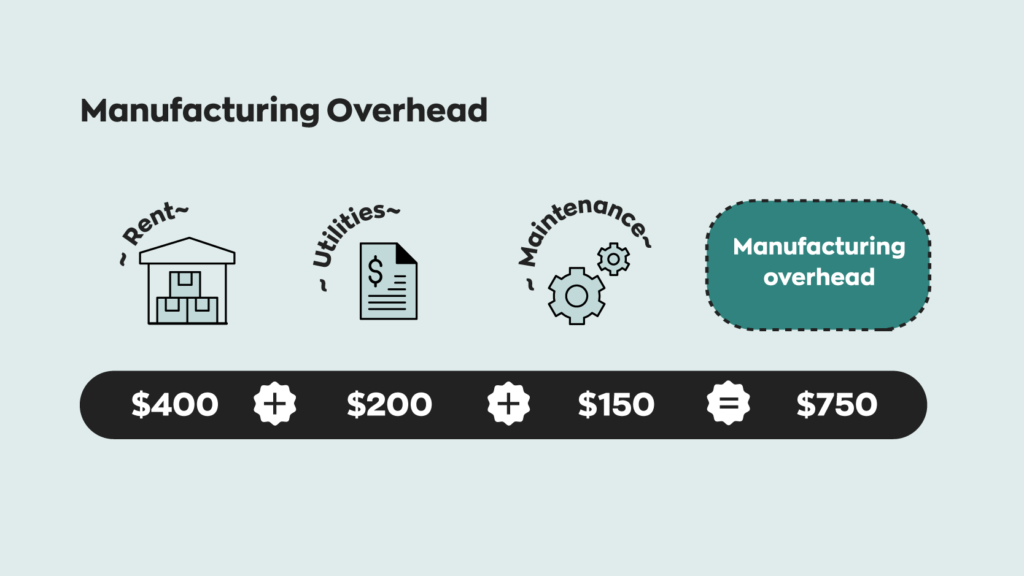
In other words, a cost unit is a standard or unit of measurement of the goods manufactured or services rendered. Factories might choose productive cost centers whereas an administrative wing might choose an unproductive cost center. An impersonal cost center refers to a cost center that consists of a location, item of equipment, or a group of these (e.g., machines, departments, and vehicles). Cost centers can also be divided into operation cost centers and process cost centers, as well as personal cost centers and impersonal cost centers. Below is a step-by-step process on how to calculate using a cost per unit calculator. It might not capture external factors like regulatory changes and macroeconomic shifts that can impact costs.
What are unit costs?
Remember, the price of a unit isn’t just a metric – it’s the key to unlocking informed and prudent financial choices. In the service sector, the cost of a unit translates into the price of delivering a single service. It includes employee wages, time spent, and overhead costs related to service provision. Understanding the cost of a unit assists service providers in evaluating service packages and setting pricing. It influences many decisions related to production, pricing, and profitability analysis. It is more than just a numerical value; it helps you get insights that help with informed decision-making and strategic planning.
What Is the Formula for Total Variable Cost?
- Since fixed costs are static, however, the weight of fixed costs will decline as production scales up.
- Manager can allocate cost to products, services or customers based on their utilization of activities.
- For example, the total cost of a cement company is $30,000 to produce 10,000 units, the unit costs of production will be $3 each.
- Some companies may have a high amount of indirect costs which requires higher pricing to more broadly cover all of the company’s expenses.
- It includes expenses tied to patient treatment, including personnel, medical supplies, facility maintenance, and administrative costs.
It defined a cost center a location, person, or item of equipment (or a group of these) for which costs may be ascertained and used for the purposes of cost control. After costs have been ascertained, accumulated, classified, and recorded, they must be related to a convenient measure of the quantity of the product or 2 2 perpetual v. periodic inventory systems financial and managerial accounting service. This measure of the quantity of a product or service is known as the cost unit. The unit cost, also known as the breakeven point, is the minimum price at which a company must sell the product to avoid losses. As an example, a product with a breakeven unit cost of $10 per unit must sell for above that price.
Doesn’t capture external factors
These expenses are further divided into specific categories, such as direct labor costs and direct material costs. The former are the salaries paid to those who are directly involved in production, while the latter are the cost of materials purchased and used in production. Companies can improve variable costs by finding the cheapest supplier or outsourcing the production process to a more efficient manufacturer. Unit cost is essential for manufacturers because it helps determine the profitability of a product, the pricing of a product, and even the cost of production.
Typically, the larger a company grows, the lower the unit cost of production becomes. Factors such as buying in bulk and spreading the cost of production over a large amount of goods come into play. Of course, the goal is production at the lowest possible cost, which will maximize profits. A unit cost is the total expenditure incurred by a company to produce, store, and sell one unit of a particular product or service. Activity-based costing example problem solution is calculation of cost of each activity based on its level of usage.

In manufacturing, the cost of a unit helps assess production efficiency. It includes raw materials, direct labor, machinery, and other production-related expenses. Calculating the cost of units aids manufacturers in pricing strategies, optimizing production volumes, and identifying cost-saving opportunities. In this formula, “total cost” is the costs incurred in the production process, including direct costs like raw materials, direct labor, and overhead expenses. “Total units produced” is the quantity of units manufactured or during a specific time. Successful companies seek ways to improve the overall unit cost of their products by managing the fixed and variable costs.
A company’s financial statements will report the unit cost and are vital for internal management analysis. Fixed costs are production expenses that are not dependent on the volume of units produced. Some fixed costs, such as warehousing and the use of production equipment, may be managed through long-term rental agreements. Since fixed costs are more challenging to bring down (for example, reducing rent may entail the company moving to a cheaper location), most businesses seek to reduce their variable costs.
While COGS can also include fixed costs, such as overhead, it is generally considered a variable cost. The first section of a company’s income statement focuses on direct costs. In this section, analysts may view revenue, unit costs, and gross profit. Gross profit shows the amount of money a company has made after subtracting unit costs from its revenue. Gross profit and a company’s gross profit margin (gross profit divided by sales) are the leading metrics used in analyzing a company’s unit cost efficiency. A higher gross profit margin indicates a company is earning more per dollar of revenue on each product sold.
Consider an electronics manufacturing company in India that specializes in producing smart devices. The company sources packaging materials for its products from a supplier. The cost unit here could be a “packaging unit.” A packaging unit could contain a specific type and quantity of materials required to package one electronic device for shipping.
